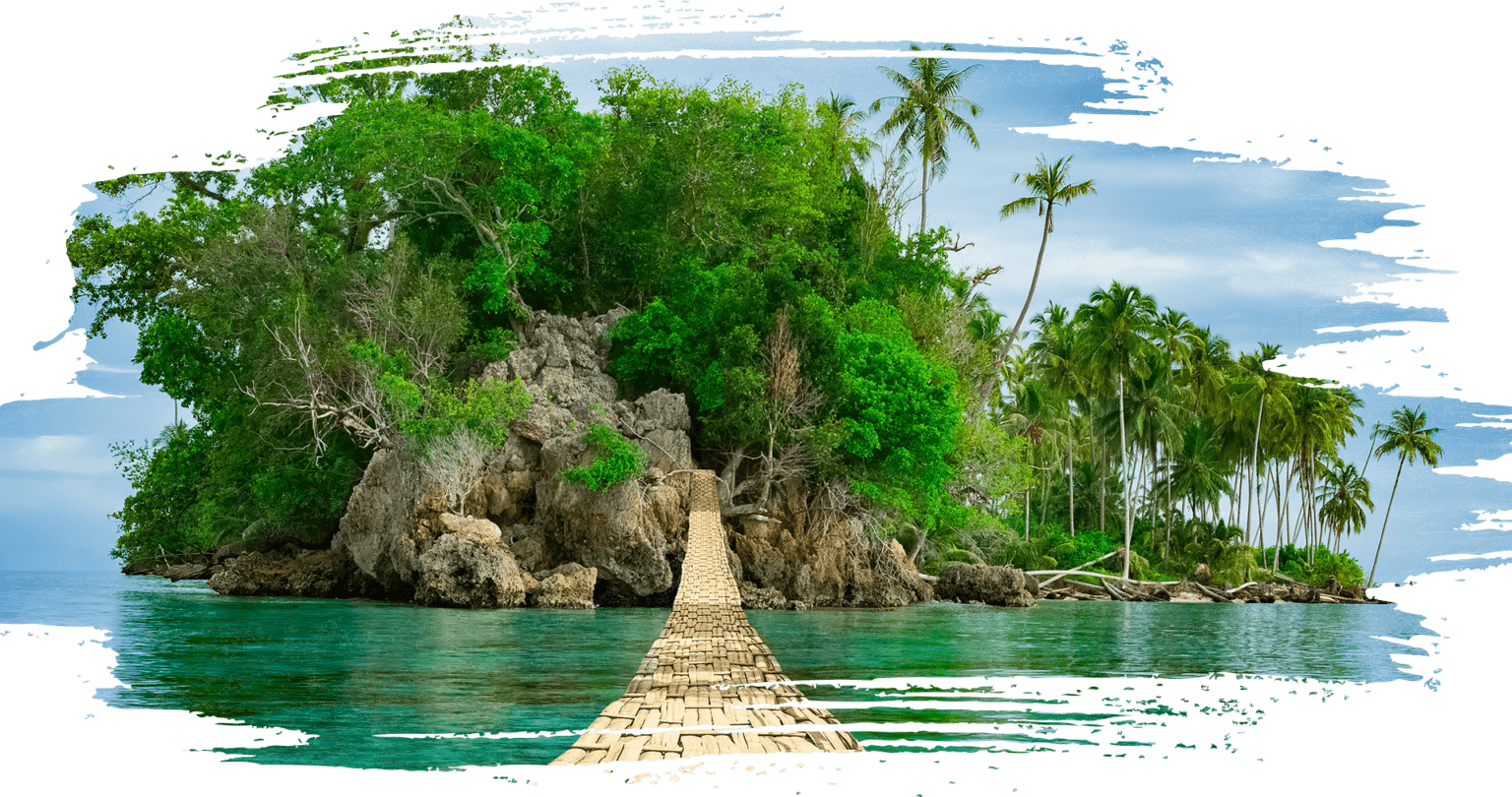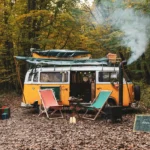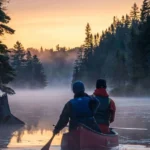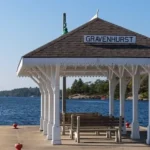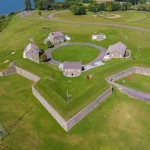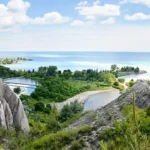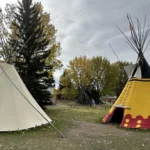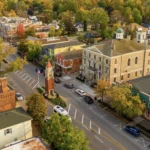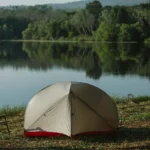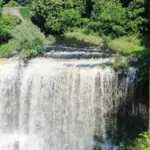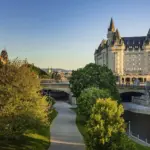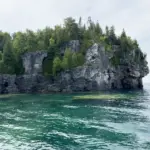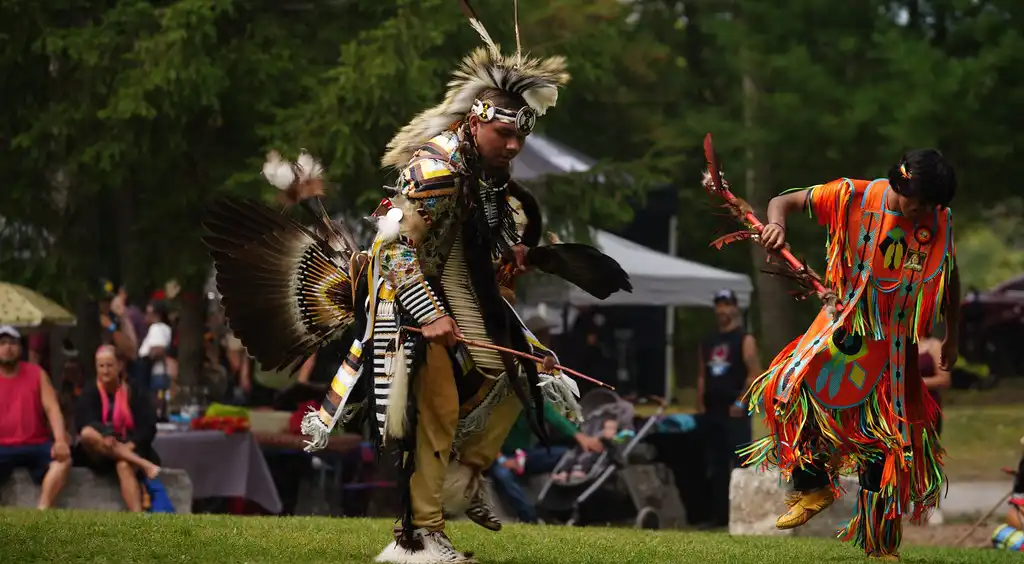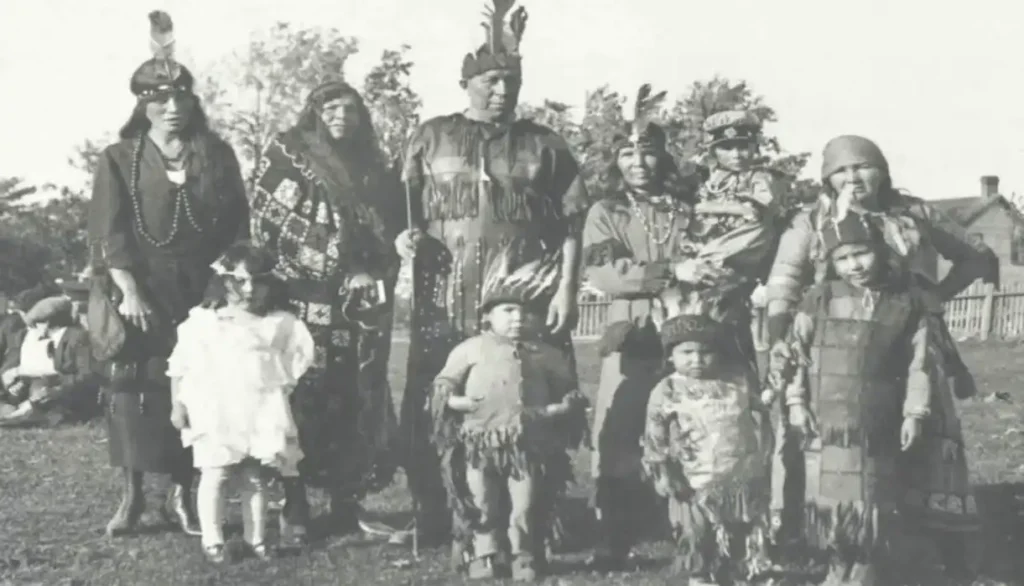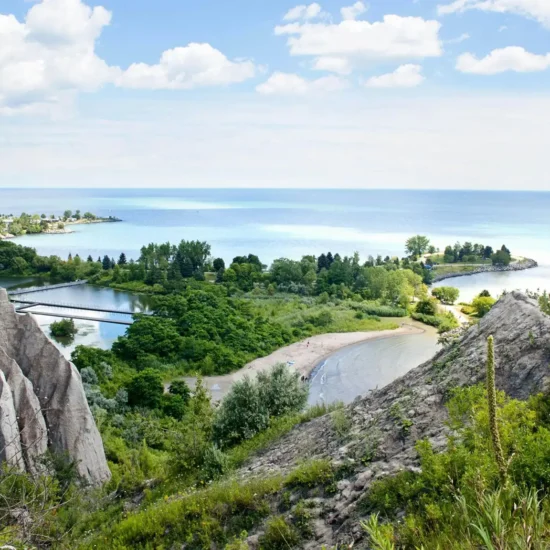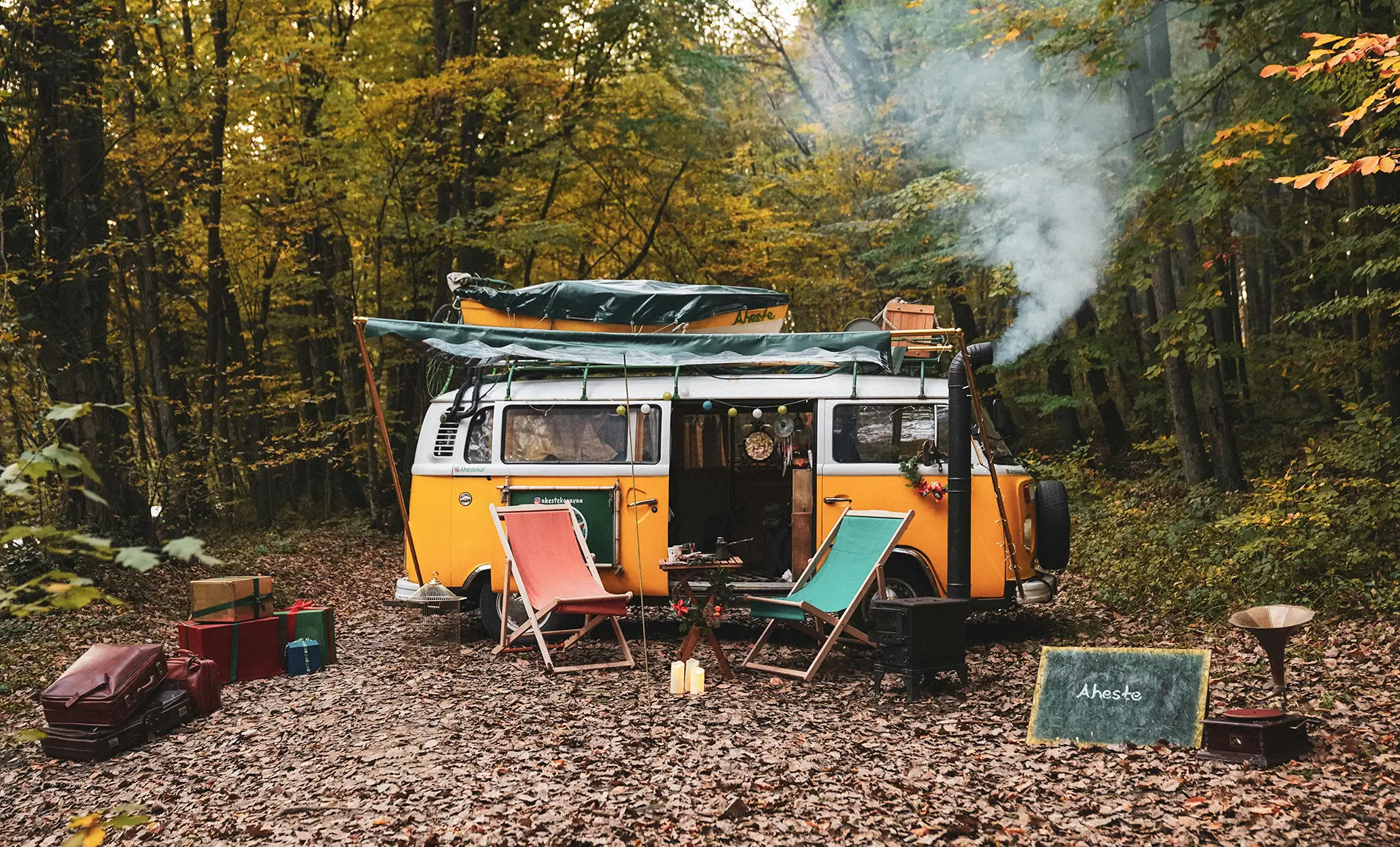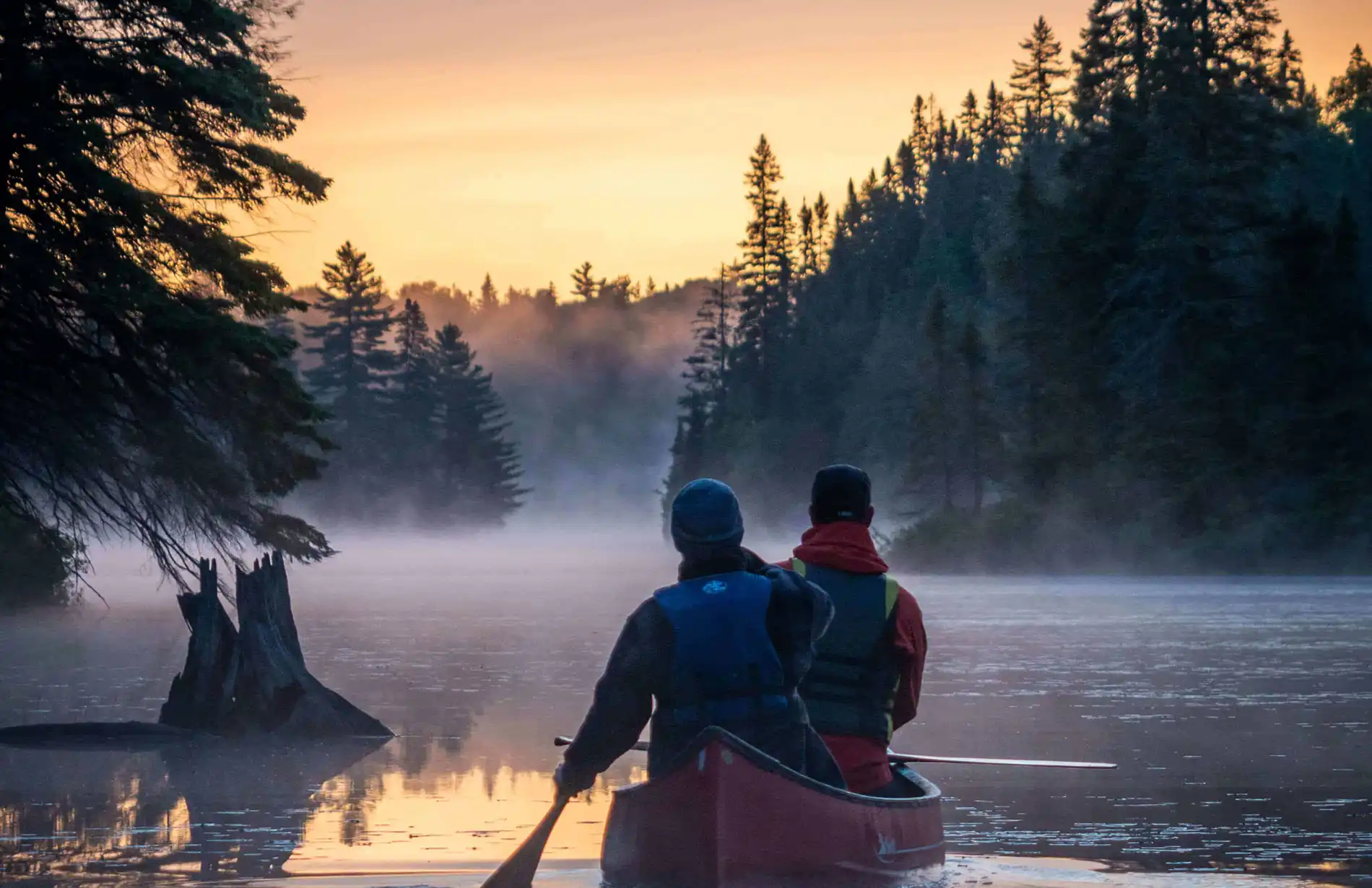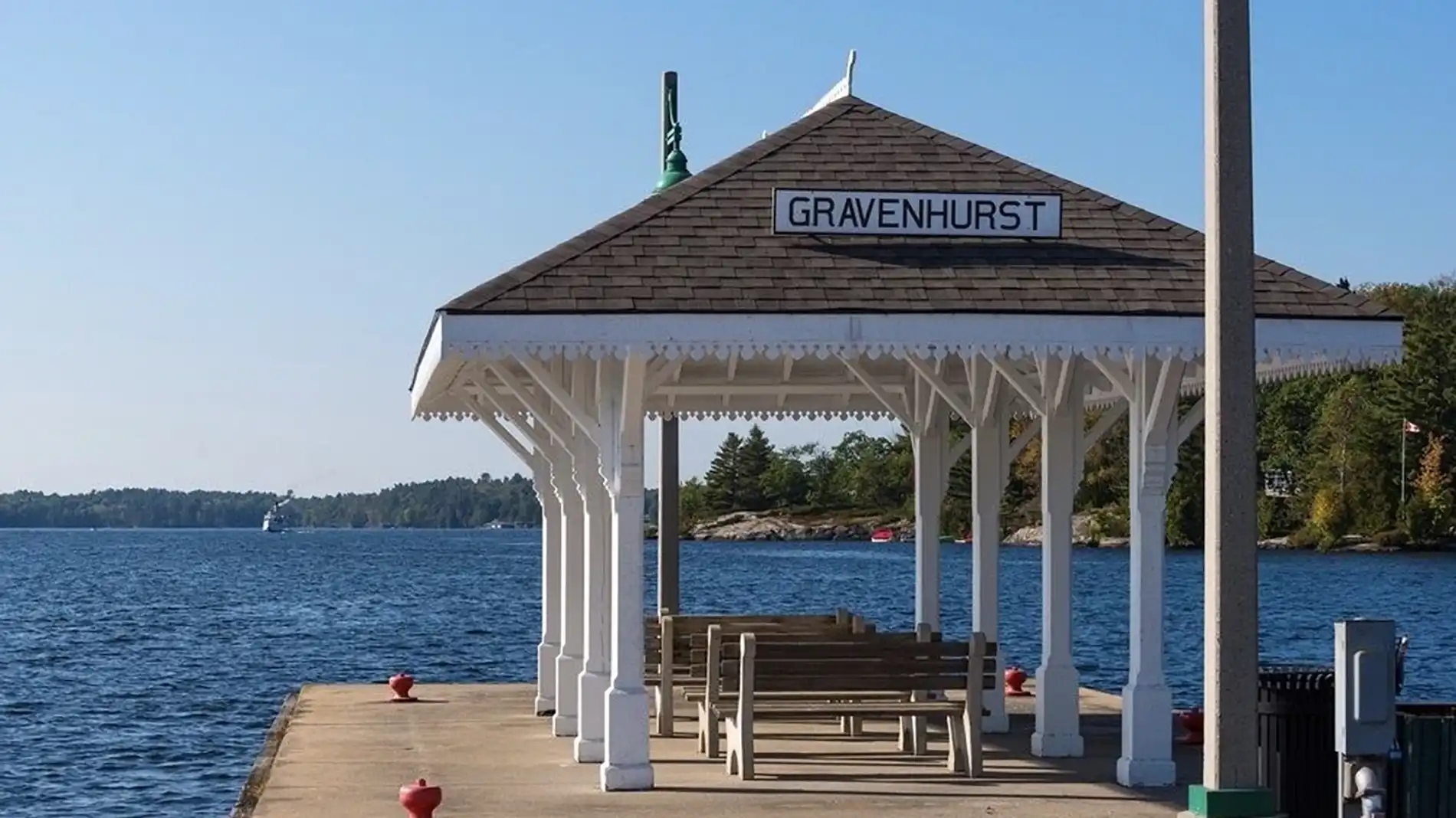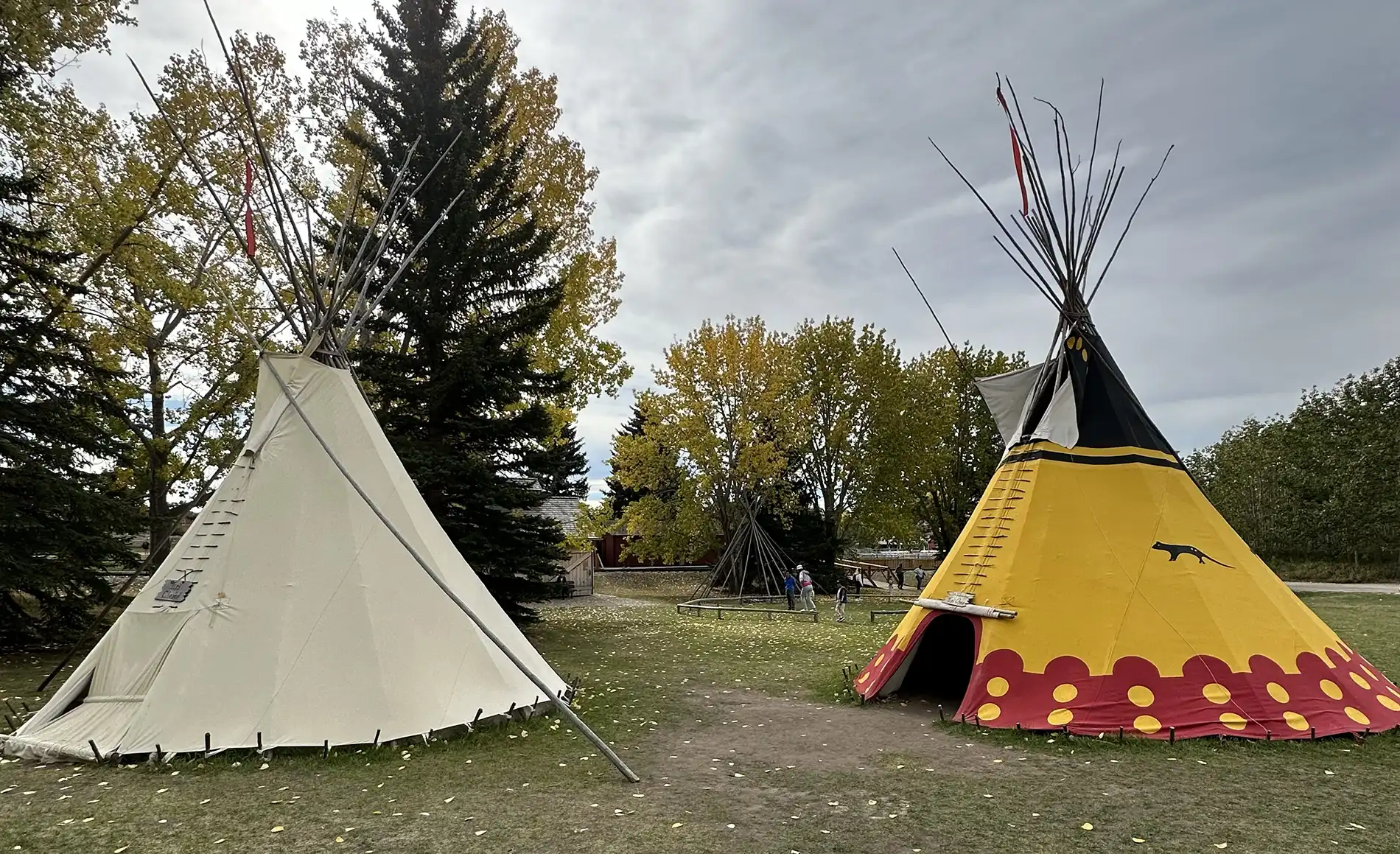
Indigenous Villages in Ontario: A Journey Through History and Culture
Ontario is a land rich in natural beauty, but what truly makes this province stand out is its deep connection to Indigenous history and culture. The Indigenous peoples of Ontario, including the Anishinaabe, Haudenosaunee, Cree, and others. Have lived here for thousands of years, cultivating a relationship with the land that has endured through generations. Visiting Indigenous villages in Ontario offers a unique opportunity to explore this ancient history while immersing yourself in vibrant contemporary communities.
In this post, I’ll share my own experiences exploring these incredible places, their rich histories, and practical tips for planning your visit. Plus, I’ll introduce how MY-IVVI offers motorhome tours, including stops at Curve Lake, for an unforgettable journey through Ontario’s Indigenous landscapes.
Curve Lake First Nation: History and Resilience
Location: Just 30 minutes from Peterborough, Ontario
Best time to visit: Spring and Summer (April to September)
Curve Lake First Nation, home to the Mississauga Anishinaabe, has a profound history that reflects both the resilience and adaptability of the people. The Anishinaabe, or “Original People,” have been living in the Great Lakes region for thousands of years. Their traditions, which include hunting, fishing, and canoe-making, have been passed down through generations and remain integral to their cultural identity.
Historical Insights:
The Mississauga Anishinaabe originally migrated to the region from the north, settling along the shores of the Kawartha Lakes. This area provided abundant resources, including fish, game, and plants, which sustained the community. For centuries, the people of Curve Lake thrived through their deep knowledge of the land and their sustainable practices.
However, like many Indigenous communities, the Mississauga faced challenges with the arrival of European settlers. Treaties were made, often to the detriment of the Indigenous populations, resulting in the loss of much of their traditional lands. Despite this, the people of Curve Lake have maintained a strong cultural identity. With traditional practices like canoe-making and beadwork continuing to play a central role in their community.
Things to Do:
- Whetung Ojibwa Centre. This center is not only a hub of local culture and art but also a testament to the resilience of the Mississauga people. It showcases traditional and contemporary Indigenous artwork, providing visitors a chance to learn about the rich history of Curve Lake through its artisans.
- Curve Lake Powwow (Seasonal). Held annually in September, the Powwow is a celebration of life, culture, and community. With its drum circles, vibrant regalia, and traditional songs. It’s a powerful experience that reflects the enduring spirit of the Anishinaabe people.
Additionally, Click here to learn more about Mississaugas
Six Nations of the Grand River: A Confederacy Rooted in Tradition
Location: Near Brantford, Ontario
Best time to visit: May to October
Six Nations of the Grand River is home to the Haudenosaunee Confederacy, also known as the Iroquois Confederacy. This confederacy is one of the oldest participatory democracies in the world, predating the founding of Canada by centuries. It originally consisted of five nations—the Mohawk, Oneida, Onondaga, Cayuga, and Seneca—with the Tuscarora joining in the 18th century.
Historical Insights:
The history of Six Nations is intricately linked with the fur trade, European colonization, and the American Revolution. During the revolution, the Haudenosaunee were divided in their support between the British and American sides. Those who sided with the British were promised land in Canada in exchange for their loyalty. Leading to the establishment of the Six Nations reserve along the Grand River in the late 18th century.
The Haudenosaunee are known for their sophisticated governance system based on the Great Law of Peace, a constitution that guided their democratic confederacy. This system influenced early American political thought and continues to be a source of pride for the Six Nations people.
Things to Do:
- Woodland Cultural Centre: Housed in a former residential school. This museum and cultural center provide a sobering yet important look at the history of Indigenous education and the lasting impact of colonialism. Exhibits detail the story of the Haudenosaunee and other Indigenous groups, celebrating their achievements while also acknowledging the hardships they’ve faced.
- Chiefswood National Historic Site: The birthplace of famed Mohawk poet and performer E. Pauline Johnson. This site offers a glimpse into the life of a woman who worked tirelessly to bridge the gap between Indigenous and settler cultures in the late 19th and early 20th centuries.
Manitoulin Island: The Sacred Spirit Island
Location: Northeastern Ontario (Lake Huron)
Best time to visit: June to August
Manitoulin Island, known as “Manidoowaaling” or “Manitoulin” in Ojibwe, holds profound spiritual significance for the Anishinaabe peoples. This island, the largest freshwater island in the world, has long been considered a sacred place. Imbued with spiritual power by the Anishinaabe people. The name “Manitoulin” translates to “Spirit Island,” reflecting the belief that the island was created by the Great Spirit as a place of harmony and balance.
Historical Insights:
The Anishinaabe people have called Manitoulin Island home for thousands of years. Long before European settlers arrived, the island served as a meeting place for various Anishinaabe groups to hold councils, settle disputes, and conduct ceremonies. The island’s lakes, rivers, and forests were seen as gifts from the Creator, and the Anishinaabe developed a deep spiritual connection with the land.
When the Europeans arrived, treaties were signed, and much of the island’s land was ceded. However, the Anishinaabe retained significant portions of the island, and their culture remains vibrant today. In modern times, Manitoulin Island continues to be a place where the Anishinaabe practice their traditions, particularly during the annual summer Powwows, which draw visitors from across North America.
Things to Do:
- Great Spirit Circle Trail: This cultural tourism initiative offers guided tours led by Indigenous people. Through activities like medicine walks, storytelling, and drum-making. You can learn about the spiritual and cultural significance of the island directly from those who live there.
- Ojibwe Cultural Foundation: This foundation acts as a guardian of Ojibwe heritage. Exhibits range from traditional teachings and ceremonial items to contemporary Indigenous art. The foundation also offers workshops on language revitalization, ensuring the preservation of Anishinaabe culture for future generations.
Also, Click here to learn more about Anishinaabe
The Treaties and Their Legacy
It’s impossible to talk about the history of Ontario’s Indigenous villages without mentioning the treaties. That have shaped the relationship between Indigenous peoples and the Canadian government. Between the 18th and 20th centuries, treaties were signed that ceded vast swathes of Indigenous land to settlers in exchange for promises of protection, land reserves, and compensation.
Moreover, One of the most significant treaties in Ontario is the Williams Treaties of 1923, which affected the lands of the Mississaugas of Curve Lake, among others. These treaties have been a source of ongoing negotiation and legal challenges. As many Indigenous communities argue that the terms of these agreements were misunderstood or unfairly implemented.
Visiting these villages today is not only a chance to explore their cultural richness but also to gain a deeper understanding of the complex histories and ongoing struggles that Indigenous peoples face in protecting their lands and rights.
Tips for Visiting Indigenous Villages
If you’re planning to visit Indigenous villages in Ontario, here are some helpful tips:
- Understand the History: Take time to learn about the treaties, land struggles, and historical injustices faced by Indigenous peoples. A respectful visit involves not only enjoying the culture but also understanding the challenges they’ve faced.
- Attend Cultural Events: Powwows, seasonal celebrations, and cultural workshops are incredible ways to experience Indigenous culture firsthand. These events are often open to the public and provide a welcoming environment for learning.
- Support Local Artisans: Many Indigenous communities rely on tourism to support their economies. When you visit, consider buying artwork, crafts, or jewelry directly from local artisans to help sustain these economies.
Take a Motorhome Tour with MY-IVVI
For those looking to combine adventure with cultural immersion, MY-IVVI offers motorhome tours through Ontario’s Indigenous villages, including a stop at Curve Lake First Nation. The motorhome tour gives you the flexibility to explore the land at your own pace. All while learning about the rich Indigenous histories that define these regions.
Conclusion: Journey Through Time
Visiting Indigenous villages in Ontario offers more than just a travel experience—it’s a journey through time. From the spiritual grounds of Manitoulin Island to the historic resilience of Six Nations. These communities offer invaluable lessons about history, culture, and our connection to the land. Take the time to explore these beautiful places, and don’t forget to check out MY-IVVI’s motorhome tours to make the most of your adventure.
Safe travels!

